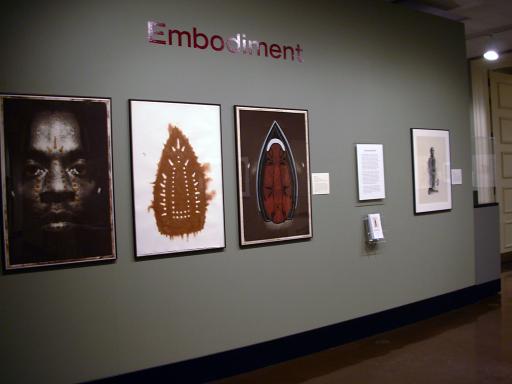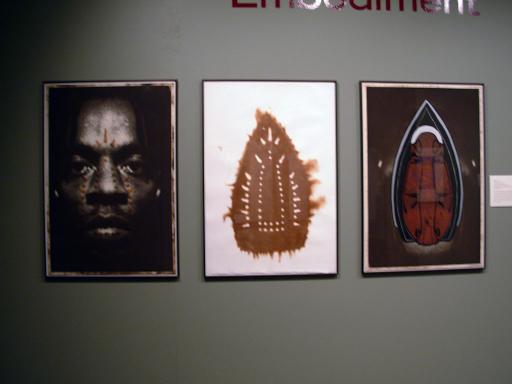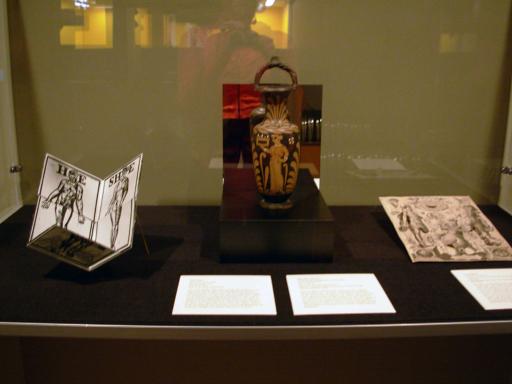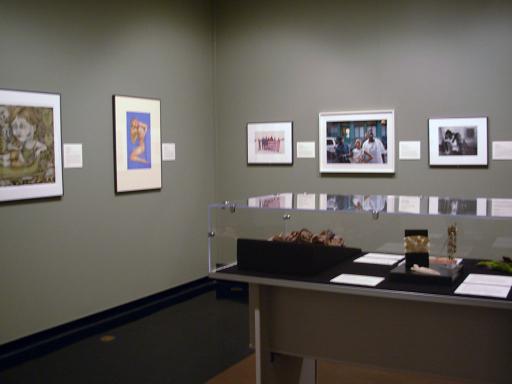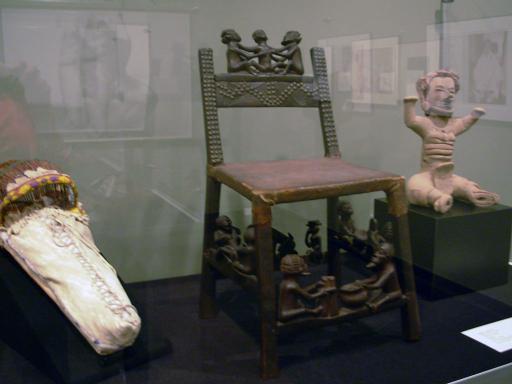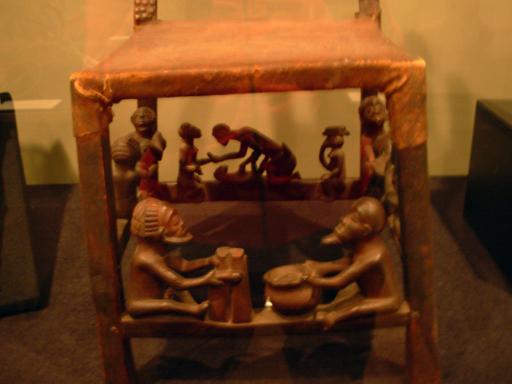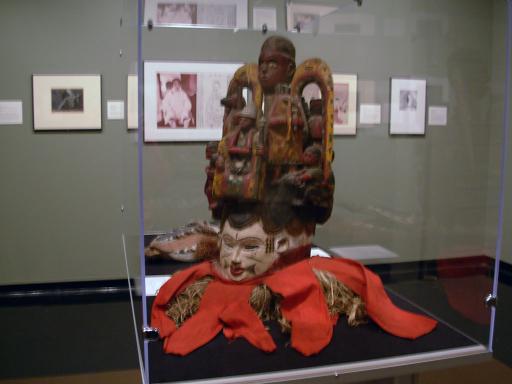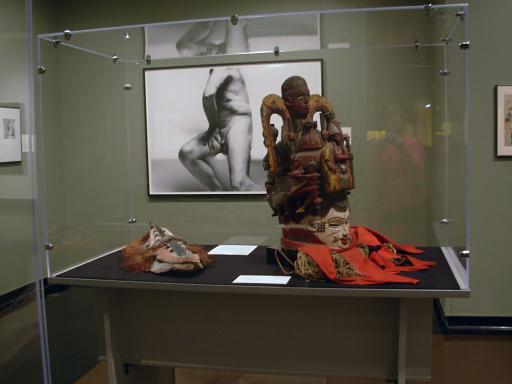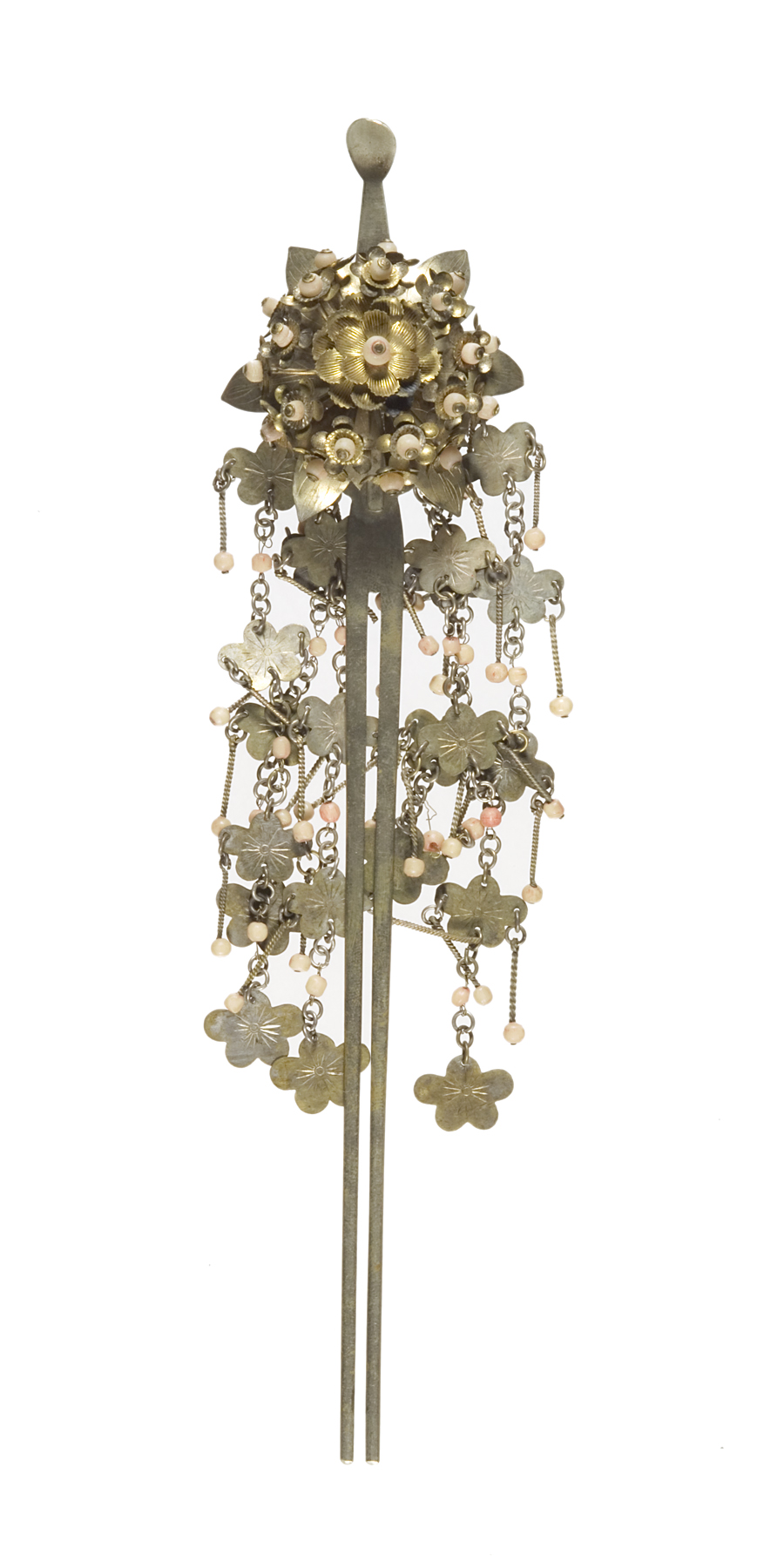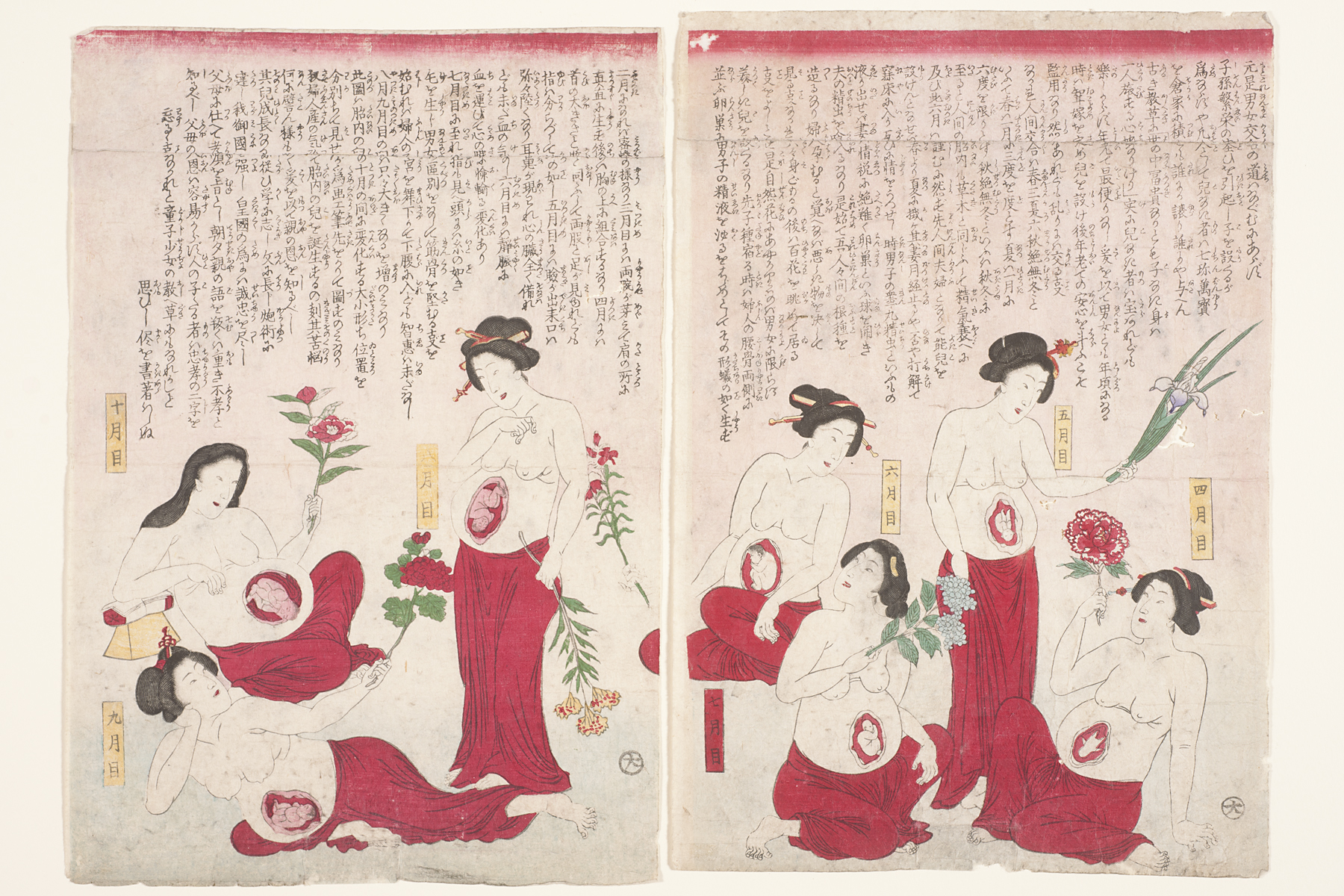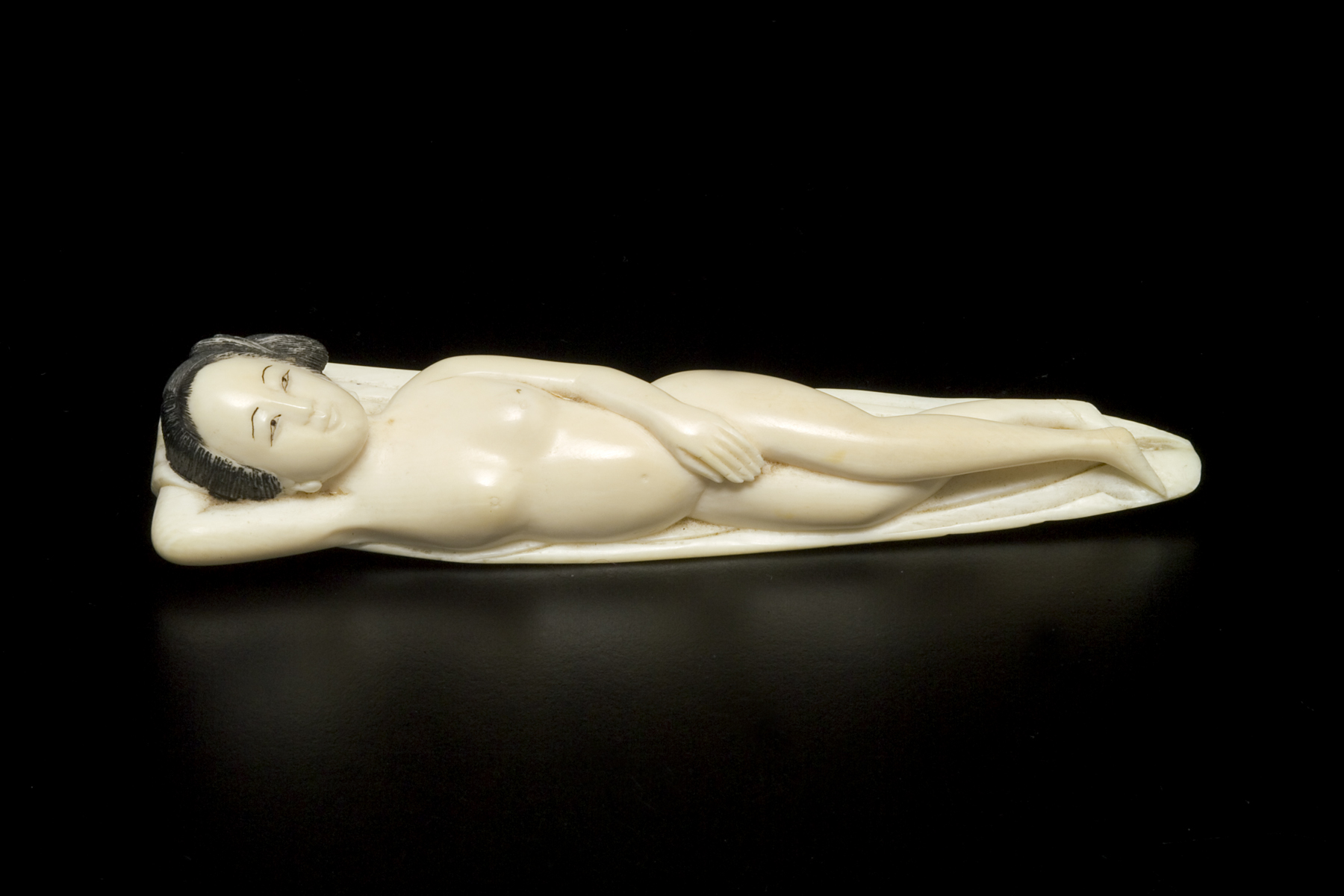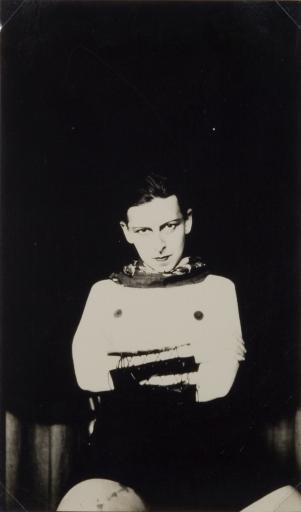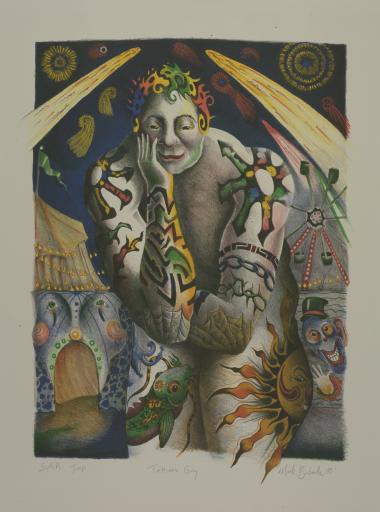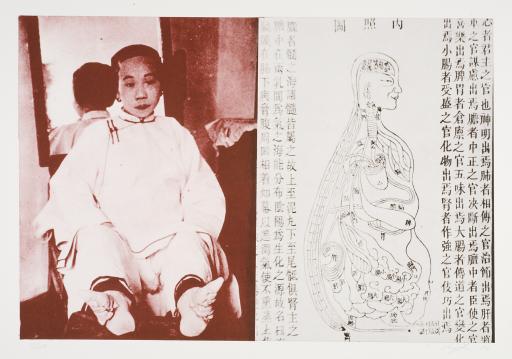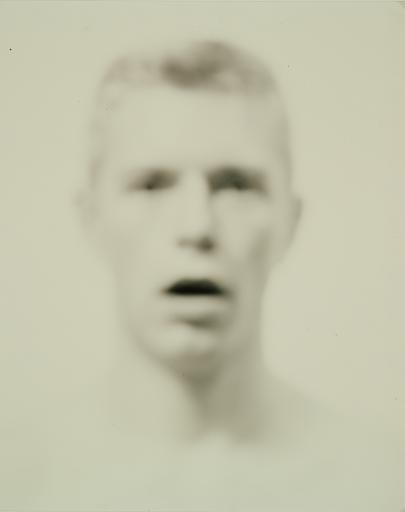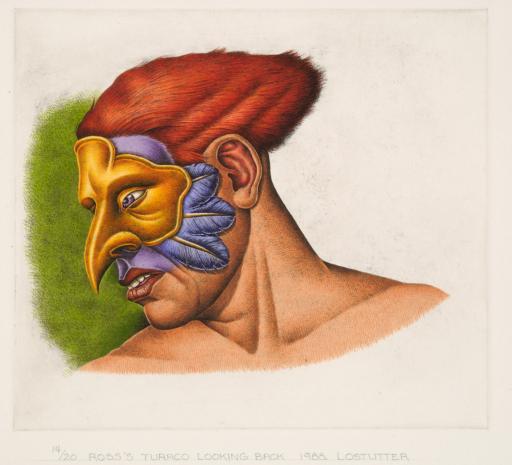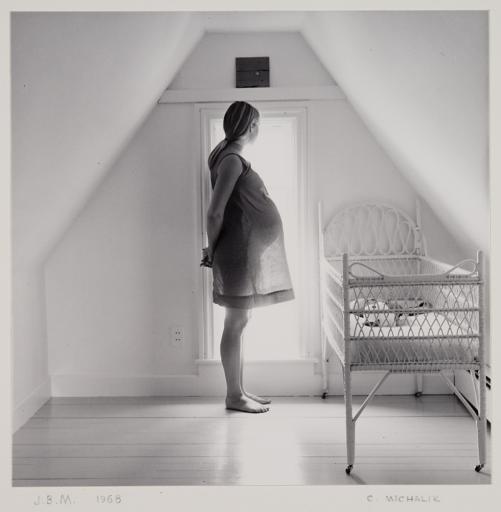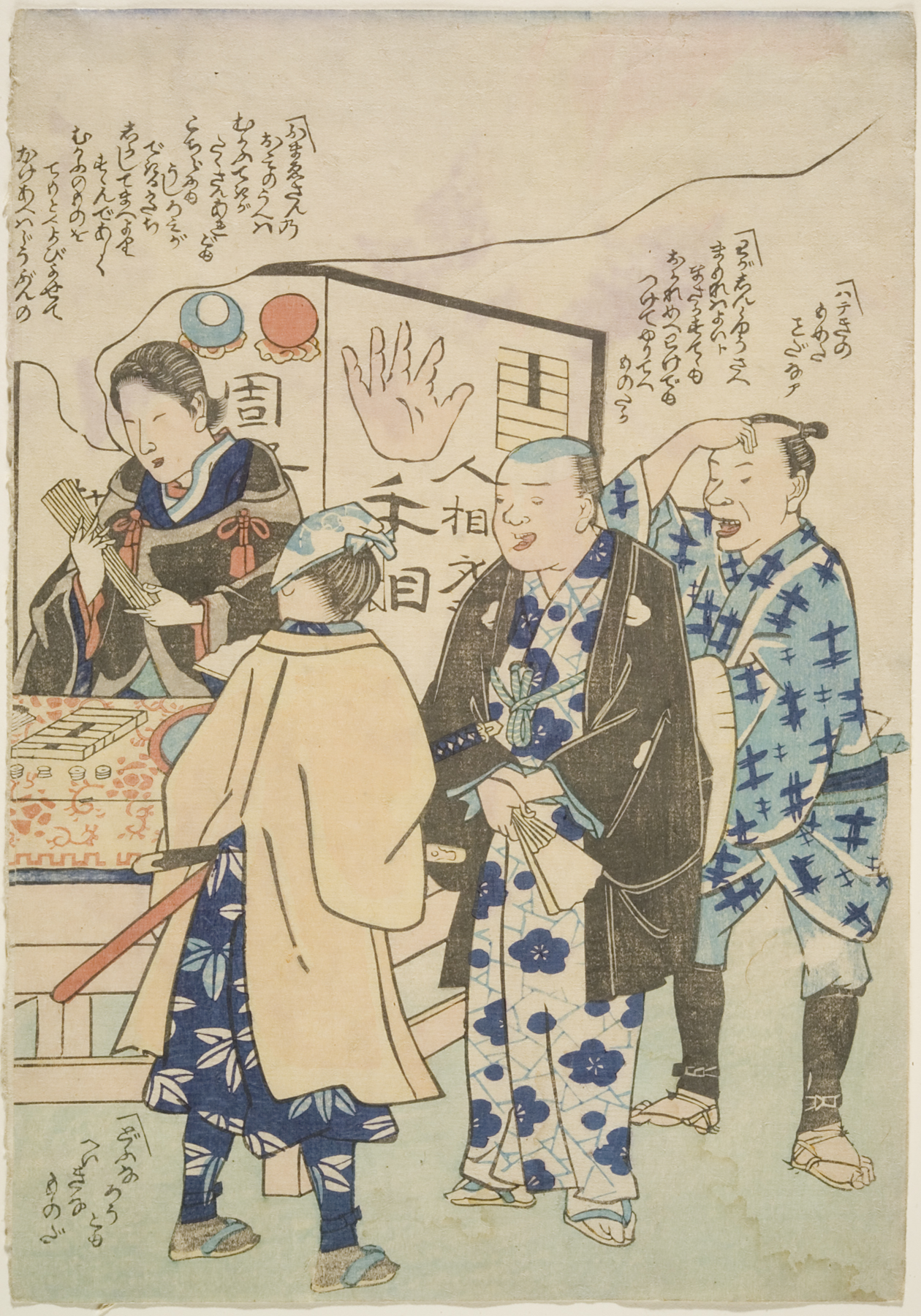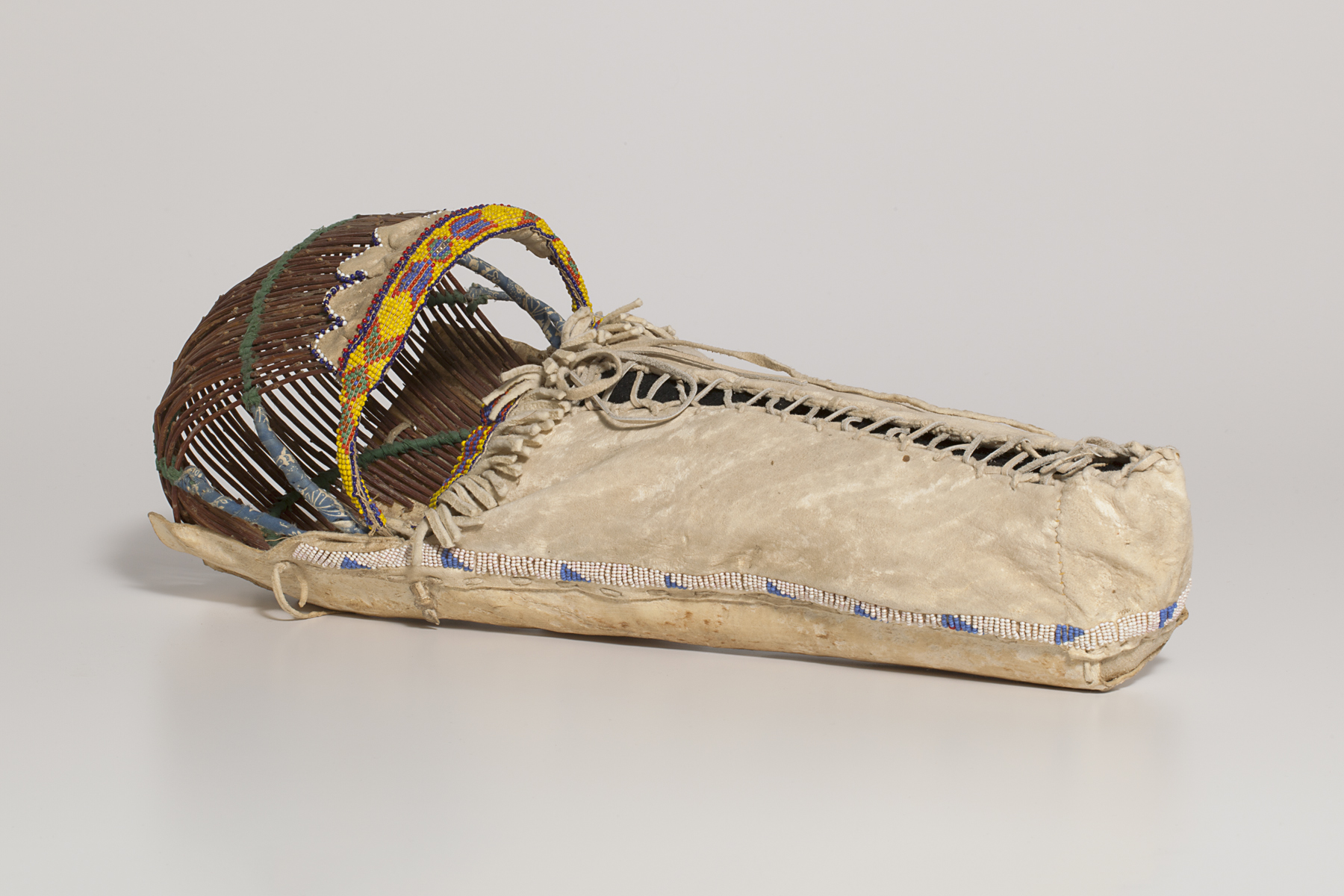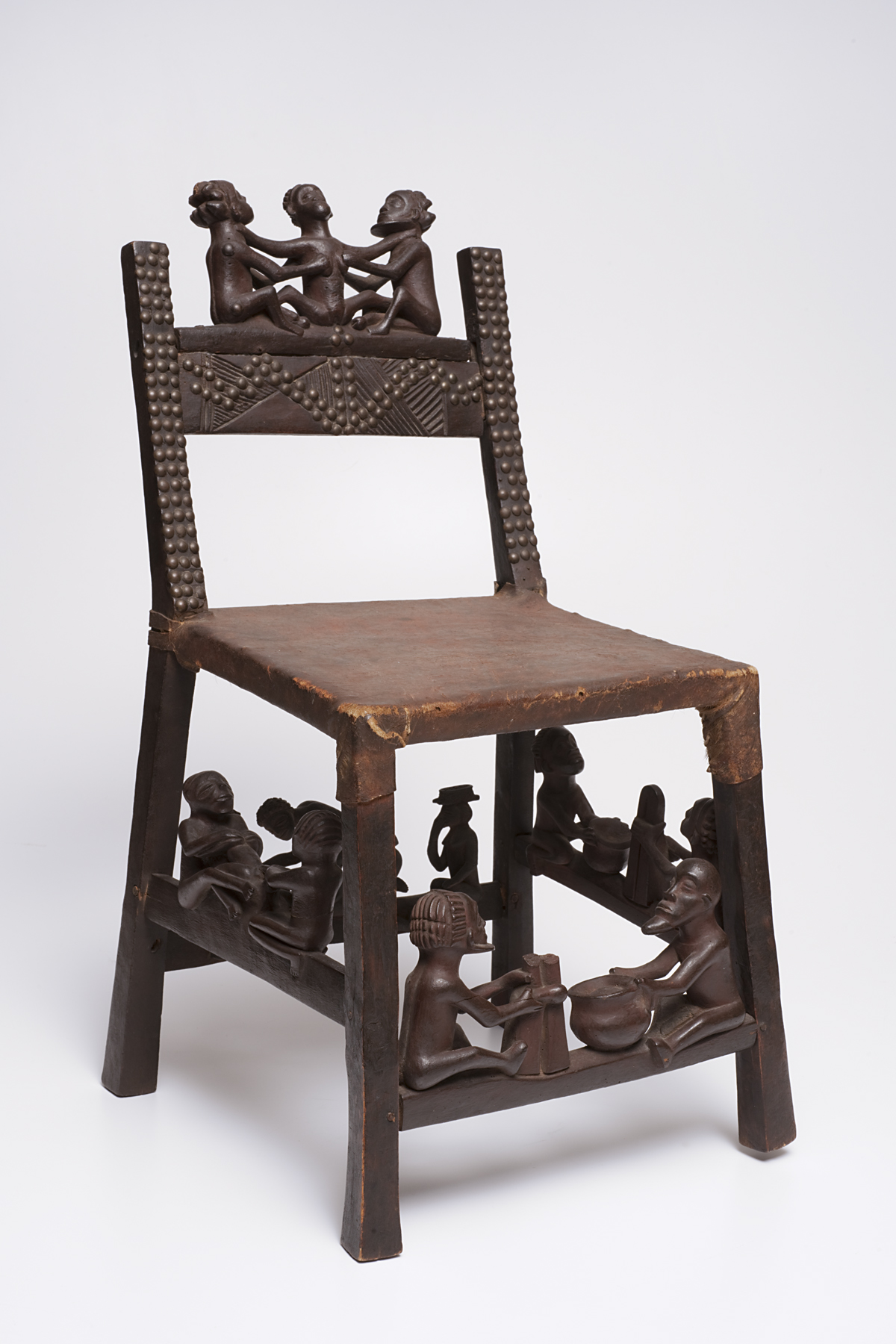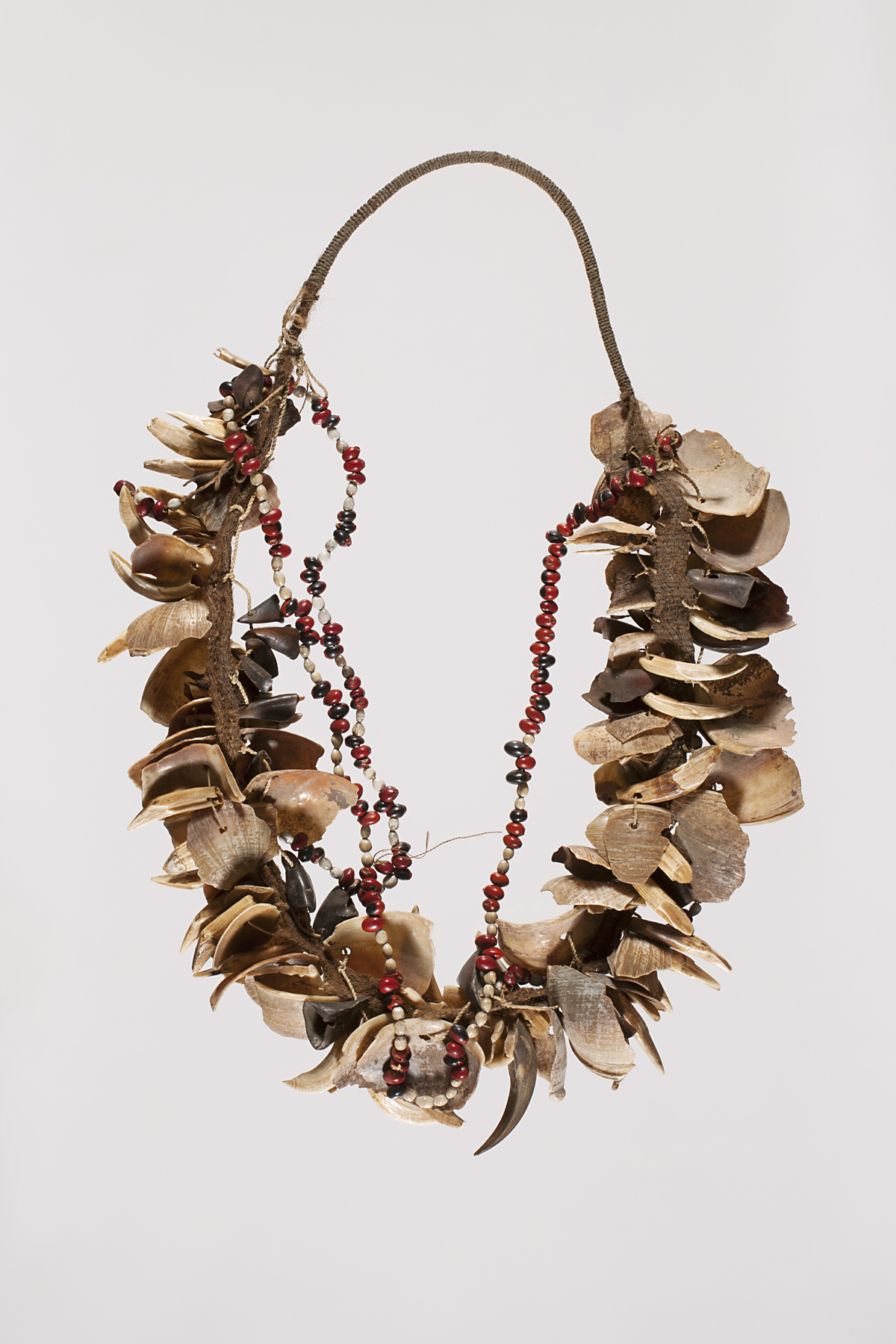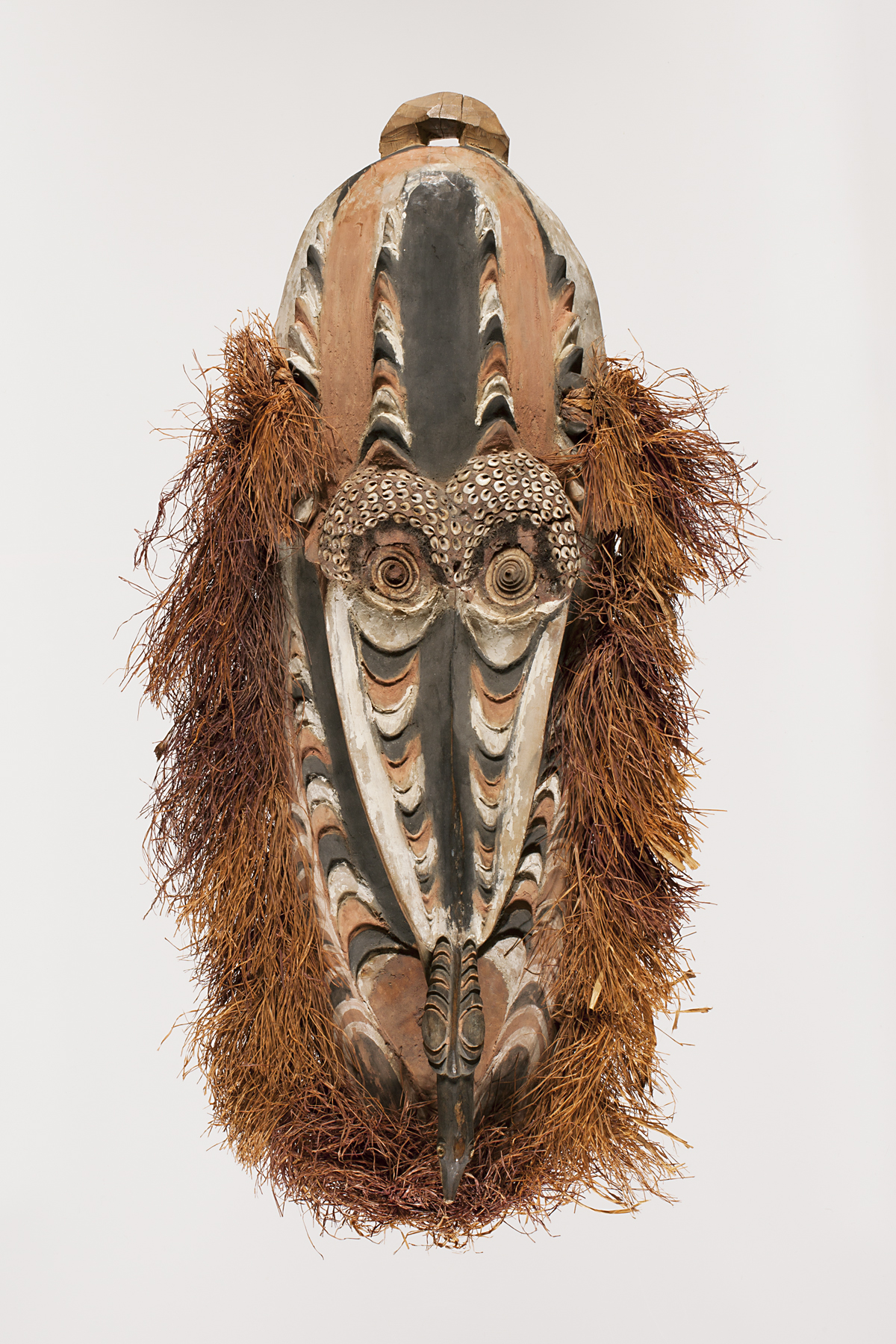Embodiment
Exhibition Overview

Recent discussions about the body and how it can convey our social and cultural identity make use of the concept of "embodiment." Embodiment expresses the idea that the body and mind form a unity, in contrast to the notion that has prevailed in Europe and America ever since the writings of the seventeenth-century philosopher, René Descartes, that the body and mind form a duality. Works of art from different cultures that concern the body and its adornment offer valuable opportunities for discussing the evolving ideas of embodiment. The wide-ranging selection of objects in Embodiment was specifically chosen to provoke reflection about these ideas without necessarily suggesting conclusions.
Embodiment is presented in conjunction with a History of Art seminar, "Body Art and Embodiment," offered by Gitti Salami, assistant professor of art history. The students in this class are studying body arts of different cultures, paying special attention to the concept of embodiment as a tool for interrogating culture. The exhibition draws from the Spencer's holdings of photographs, prints and Asian art; the Wilcox Classical Collection; and the KU Anthropological Research and Cultural Collection's holdings of Native American, Mesoamerican, African, and New Guinean works.
Spencer Curator of Prints and Drawings Steve Goddard says the exhibition offers a small laboratory for thinking about the concept of embodiment, much as Professor Salami's goal for the seminar is to "wrap itself around the idea that attitudes towards the body and beingness are culturally determined, and that people's sense of who they are in a body is vastly different from one culture to another."
Embodiment was organized by Steve Goddard, Gitti Salami, Kate Meyer and curatorial interns Madeleine Rislow, Brett Knapp, and Allison Miller.
